Intel reveals first round of specifications for 'Project Athena' laptops
Intel's multi-year journey to push the laptop segment forward with its "Project Athena" initiative has its first round of key requirements.
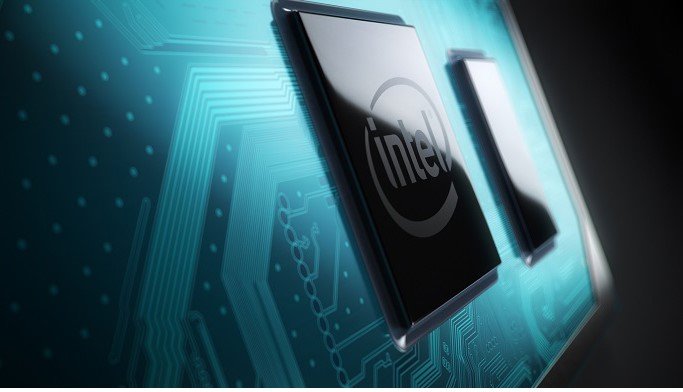
What you need to know
- Intel's "Project Athena" is a multi-year effort to push innovation in the laptop segment.
- At Computex 2019, Intel revealed the first Project Athena key requirements for laptops from partners.
- The "Key Experience Indicators," as Intel calls them, mainly focus on long battery life and instant resuming capabilities.
In addition to revealing its 10th Gen "Ice Lake" processors at Computex 2019 today, Intel also talked more about "Project Athena," it's new initiative to push the laptop industry forward over the next several years. Similar to its "Ultrabook" push several years ago, Intel is crafting a series of "Key Experience Indicators" (KEIs) for its manufacturing partners to meet as part of Project Athena.
Outside of a brief mention at CES 2019, we've heard very little about Project Athena other than Intel's ambitions to move the industry forward. Today, the company outline version 1.0 of its KEIs for partners to follow. And largely speaking, they're focused on a few, fairly simple, areas.
The first major focus is on battery, and in particular battery life targets and consistency. Intel is aiming for PC manufacturers to make sure laptops maintain consistent performance when running on battery while hitting upwards of 16 hours of battery life. In addition, as part of its 1.0 targets, Intel is pushing its partners to focus on responsiveness, aiming for the ability for systems to wake from sleep in under one second.
Other areas included in Intel's first round of targets encompass Wi-Fi 6 and Gigabit LTE, far-field voice recognition, and fast charging. Form factor is also a focus, with an emphasis on thing and light devices, touch displays, and narrow bezels.
These are just the first round of targets, so expect Intel to push the envelope even more as the years wear on. It's likely we'll see the Intel push ideas for new form factors, like dual-screen laptops, further down the line. But with partners like Dell, Acer, HP, and Lenovo on board, we should start seeing the beginnings of some of these efforts come to fruition soon.
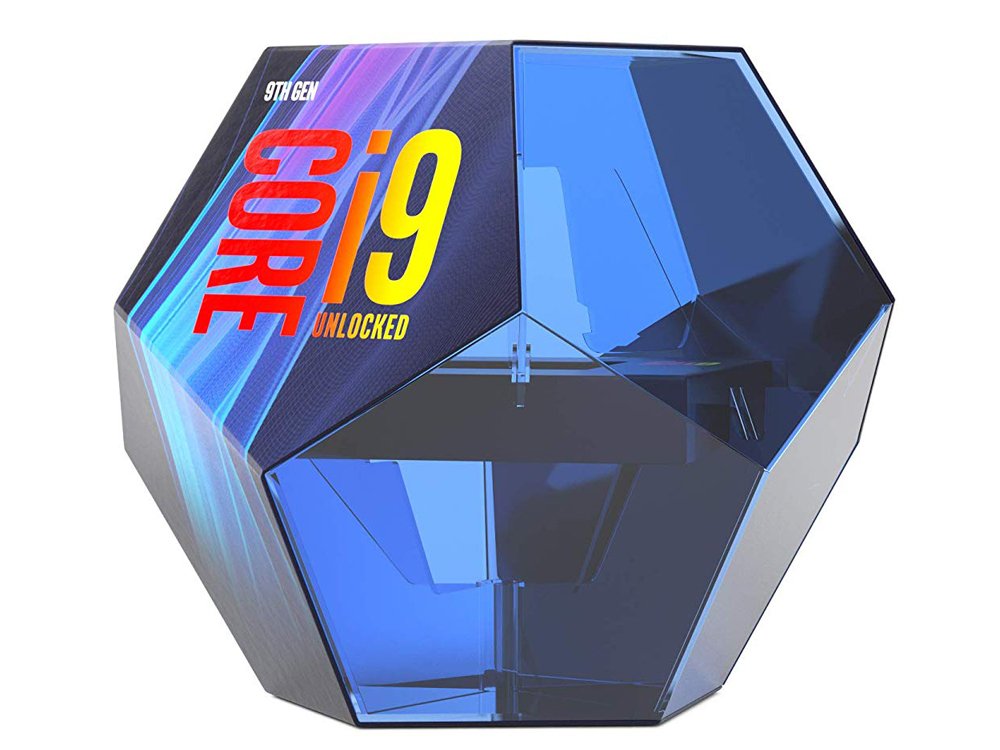
While Intel's 10th Gen chips may be months away from hitting a PC near you, the Core i9-9900K is the company's best processor you can get your hands on. Whether it be for gaming or intense workloads, this 5GHz chip is worth a look for your next PC.
Affordable accessories that'll pair perfectly with your PC
Every one of these awesome PC accessories will enhance your everyday experience — and none cost more than $30.
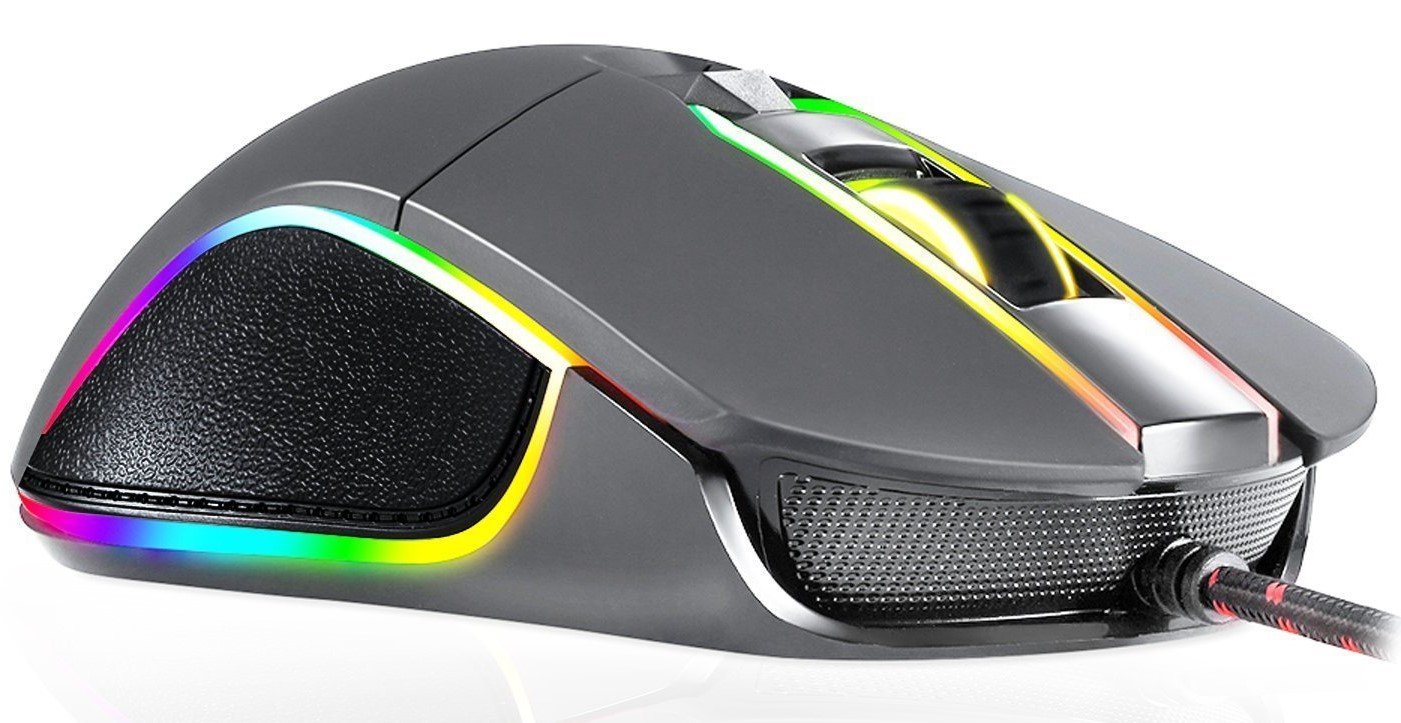
KLIM Aim RGB gaming mouse ($30 at Amazon)
All the latest news, reviews, and guides for Windows and Xbox diehards.
Whether you're a gamer or not, this is an absurdly good mouse for the price. It's ambidextrous, has a responsive sensor, a braided cable, tank-like build quality, and, yes, it has RGB lighting, though you can turn it off if that's not your thing.
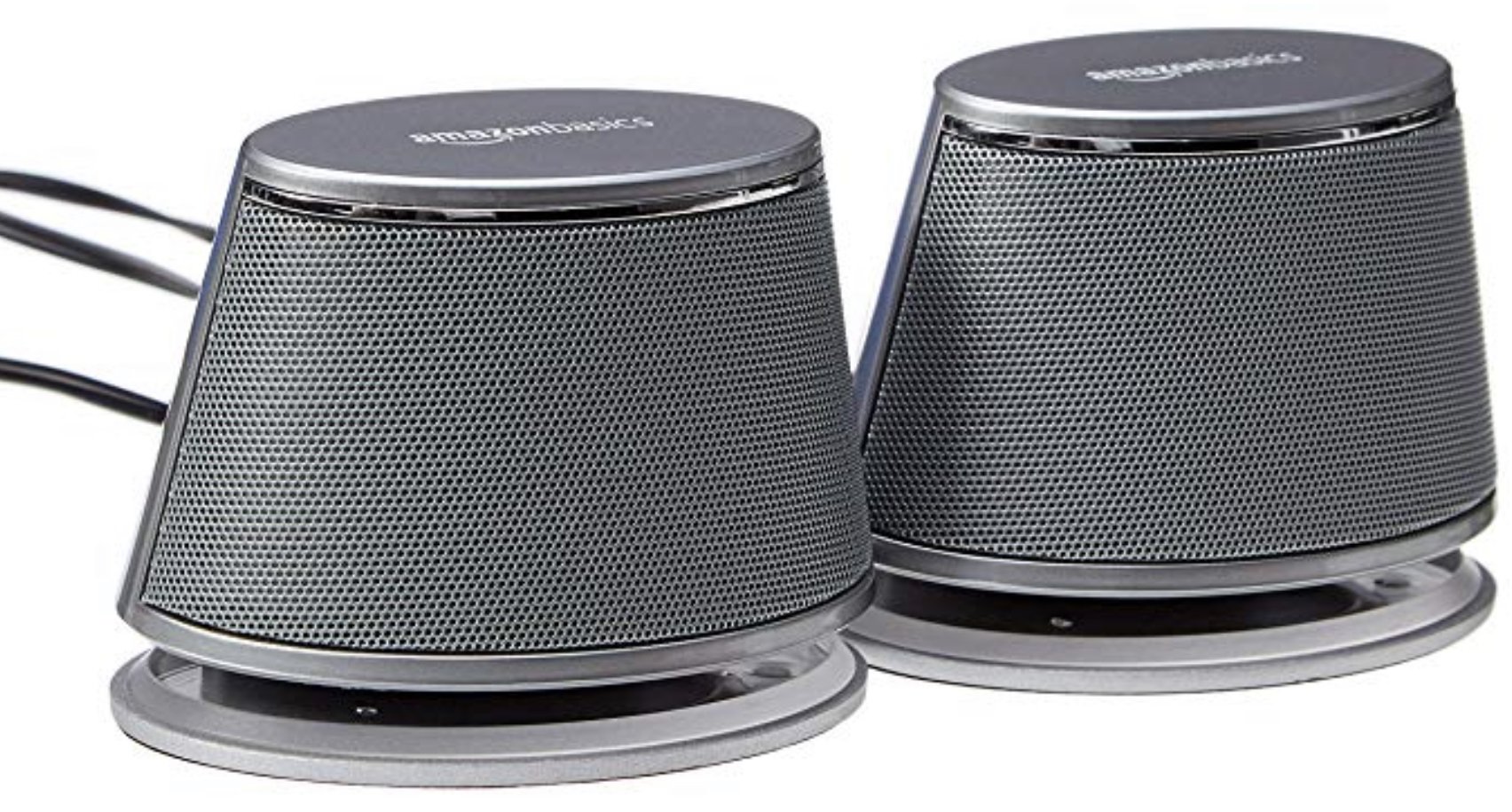
AmazonBasics USB speakers ($16 at Amazon)
These neat little speakers may only pack 2.4W of total power, but don't let that fool you. For something so small you get a well-rounded sound and a stylish design. And they only cost $16.
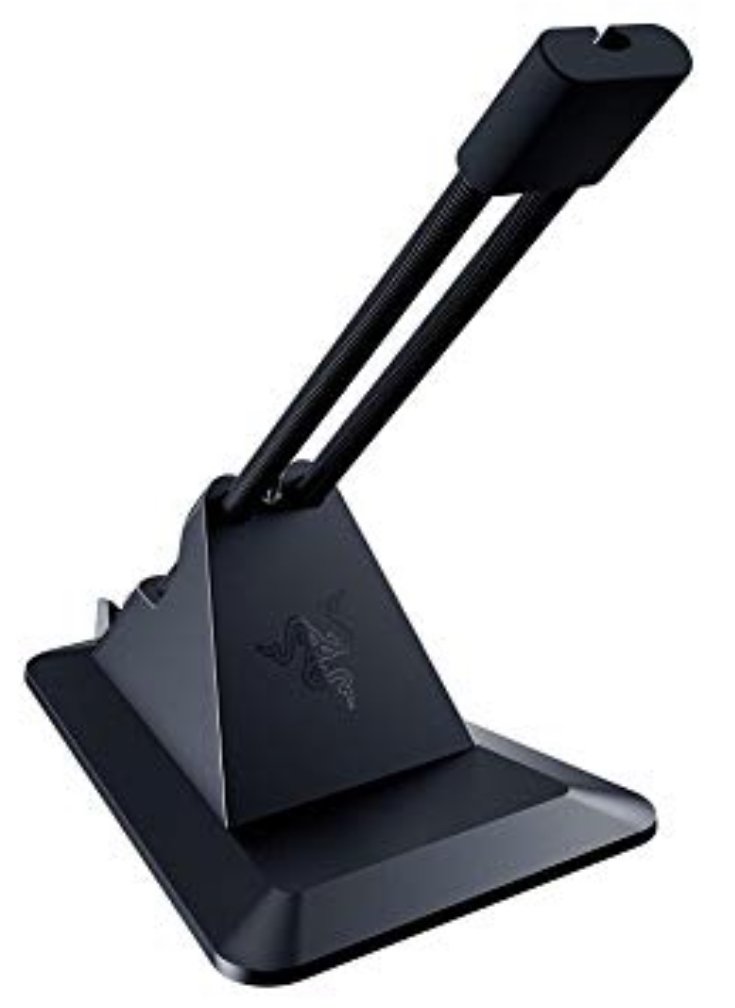
Razer mouse bungee ($20 at Amazon)
Use a wired mouse? You need a mouse bungee to keep your cable tidy and free of snags. You get no drag on the cable, and this one has subtle styling, a rust-resistant spring and a weighted base, all for $20.

Dan Thorp-Lancaster is the former Editor-in-Chief of Windows Central. He began working with Windows Central, Android Central, and iMore as a news writer in 2014 and is obsessed with tech of all sorts. You can follow Dan on Twitter @DthorpL and Instagram @heyitsdtl.
